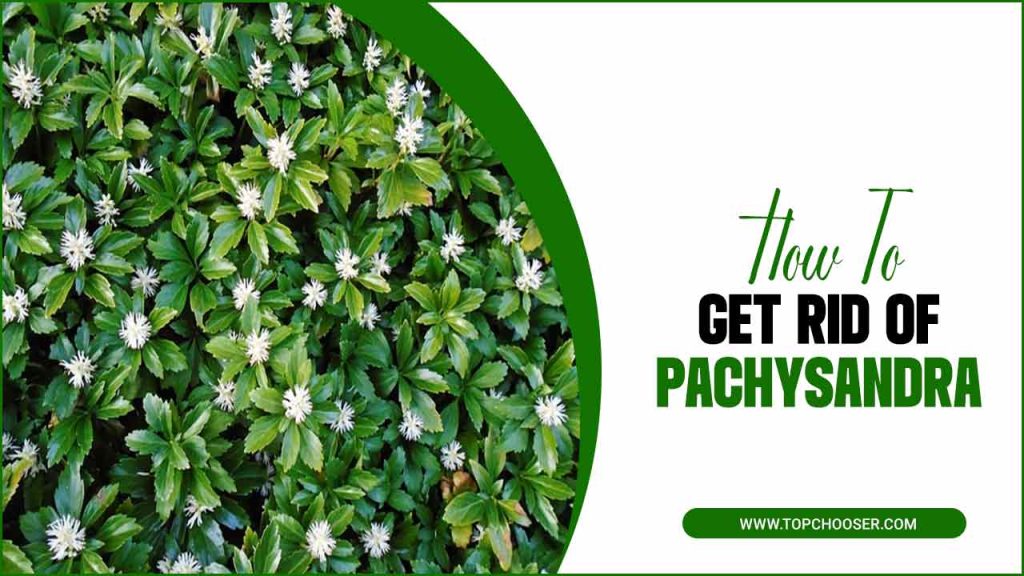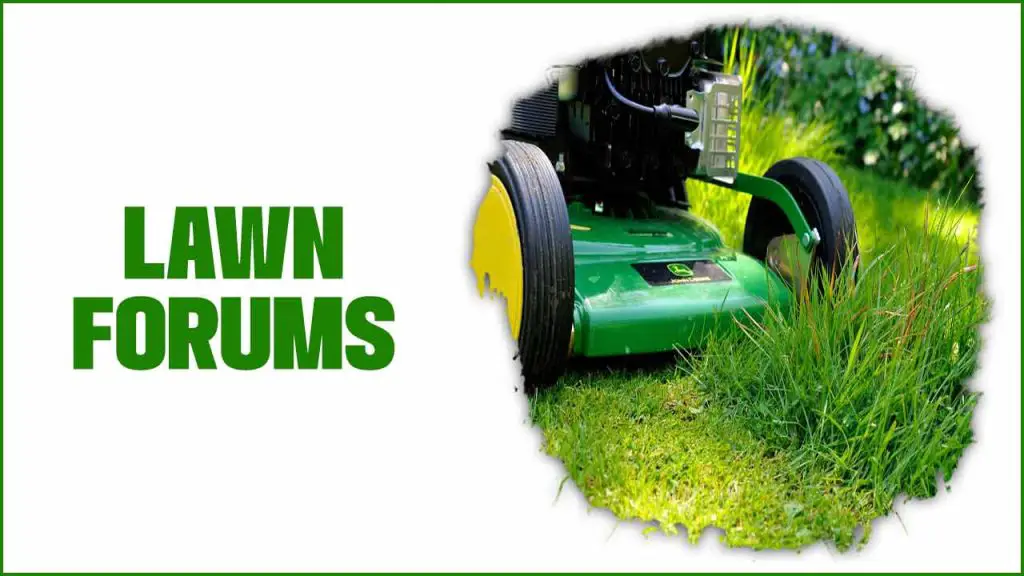To get rid of Pachysandra, there are various methods available. Manual removal involves digging up the plants by hand. Chemical control can be done using herbicides designed to kill pachysandra.
Another effective method is smothering the plants with mulch or a tarp to block sunlight and oxygen. Regular maintenance is crucial for removing any new growth. A landscaper or lawn care service may require professional assistance for stubborn infestations. These methods will help eliminate pachysandra and prevent its spread in gardens and landscapes.
Here. we will provide you how to get rid of pachysandra. We will also discuss alternatives to Pachysandra and the dangers of chemical control. Don’t let Pachysandra take over your garden any longer – it’s time to reclaim your space and prevent future infestations.
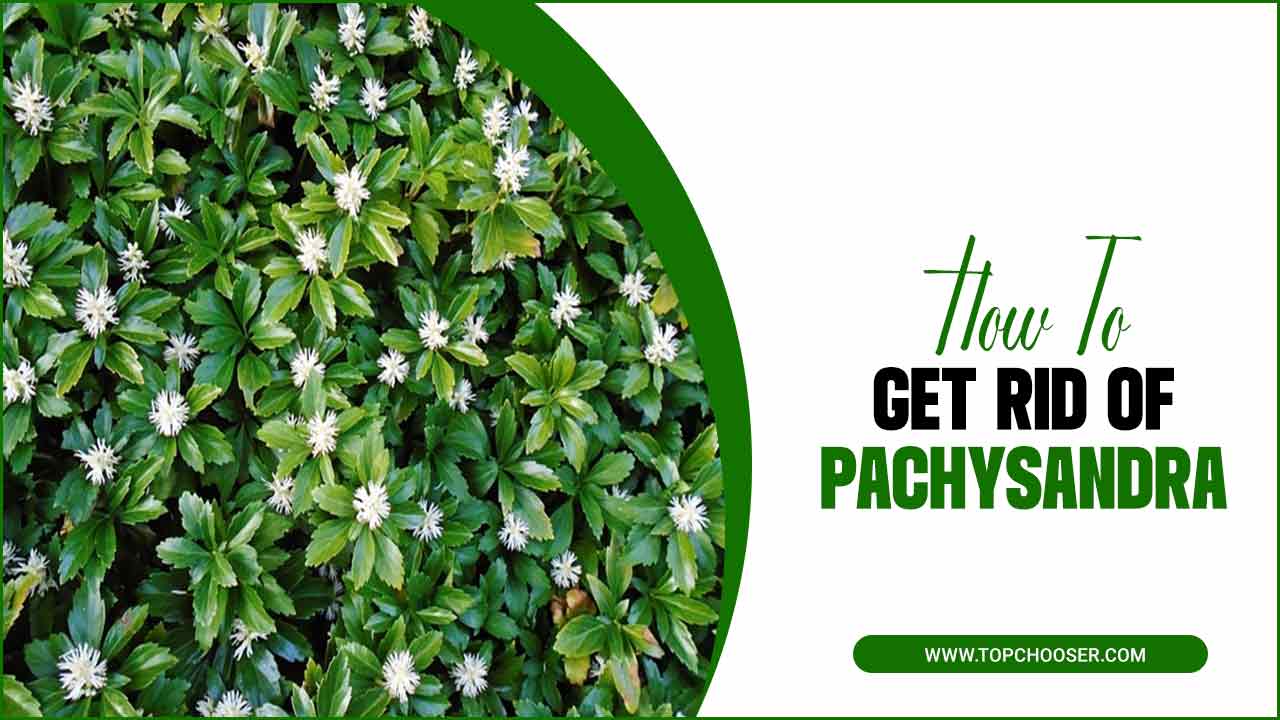
How To Get Rid Of Pachysandra
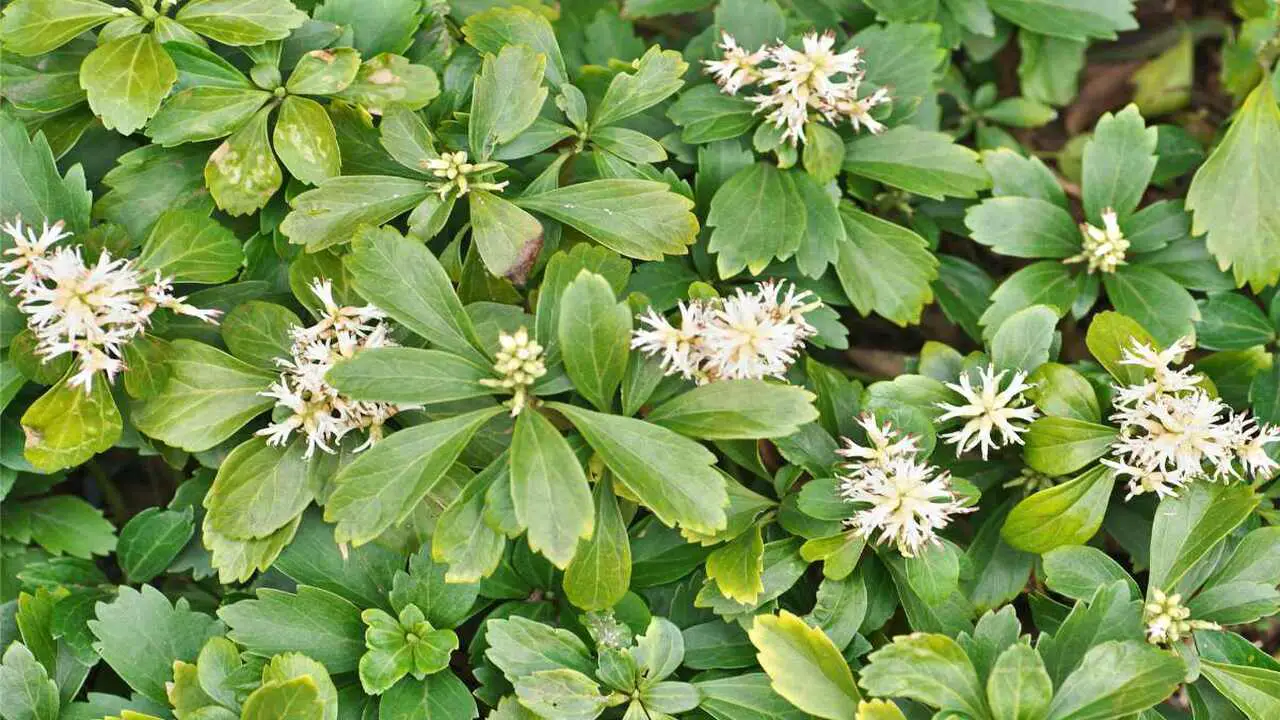
Pachysandra is an invasive plant that can quickly take over your garden, harming other plants and disrupting the ecosystem. Removing it allows you to replace it with native plants, promoting a healthier garden. This will also enhance the appearance of your outdoor space. Eliminating pachysandra is crucial for maintaining the health and beauty of your landscape. Here are step-by-step guides on how to get rid of pachysandra.
1. Preparing The Area
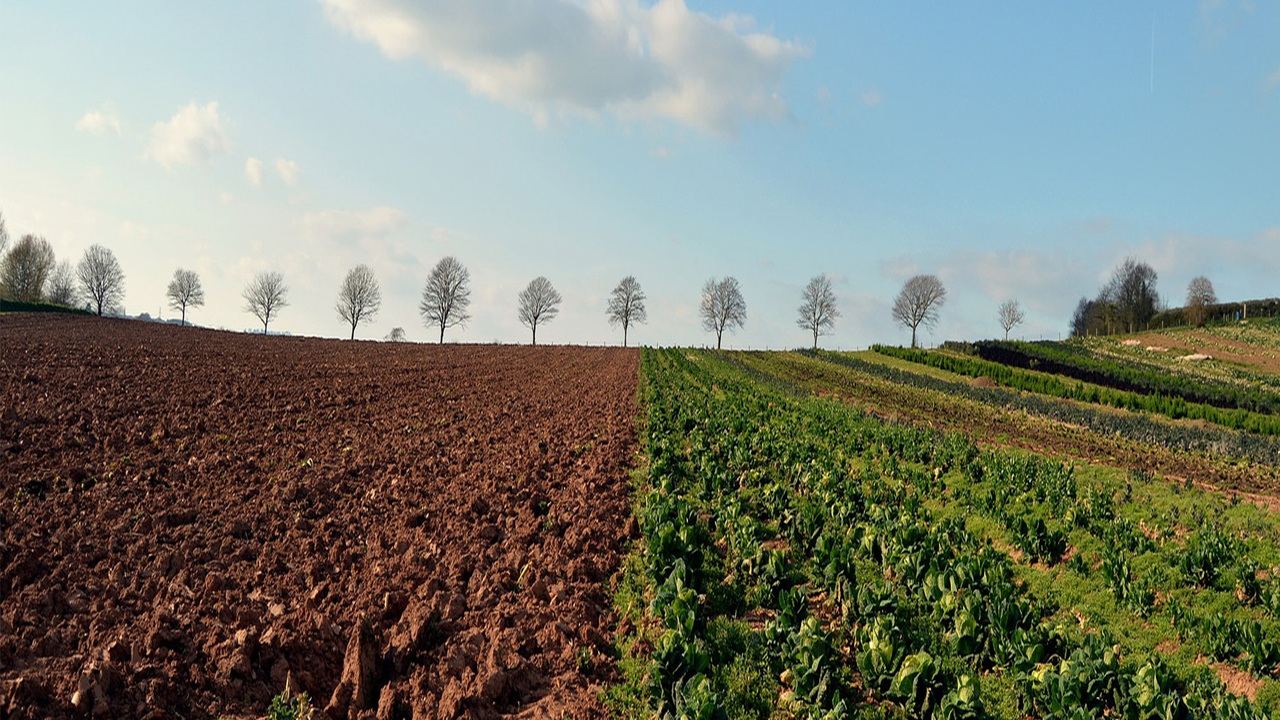
Preparing the area accordingly is crucial before eliminating pachysandra from your garden or landscape. Start by removing any debris or unwanted plants that may be present. Additionally, trim back any overgrown pachysandra to make the removal process easier.
If you opt for a herbicide, choose one specifically designed for pachysandra and carefully follow the instructions. Alternatively, you can manually pull out the pachysandra or use a sod cutter for larger areas. Once the pachysandra has been removed, ensure proper disposal to prevent regrowth in other areas. By properly preparing the area, you’re setting the stage for effective pachysandra removal.
2. Removing The Plant

Pachysandra, an invasive ground cover plant, can pose a challenge regarding removal. One method is manual pulling, ensuring all roots and runners are removed. Alternatively, specific herbicides designed for pachysandra can be used, following the instructions carefully and potentially requiring multiple applications.
Some gardeners suggest smothering pachysandra with a thick layer of mulch or newspaper to prevent regrowth. Monitoring the area after removal is essential, including regular weeding and applying mulch or landscape fabric. Proper disposal of removed plant material is necessary to prevent regrowth elsewhere. By employing these techniques, you can effectively tackle the removal of pachysandra in your garden.
4. Applying Herbicides
Applying herbicides can be an effective method for eliminating pachysandra, an invasive ground cover plant. Selective herbicides designed for broadleaf plants can target and kill pachysandra while sparing other desirable plants. It’s crucial to carefully read and follow the instructions on the herbicide label to ensure safe and effective application.
Apply the herbicide in early spring or fall when pachysandra is actively growing for optimal results. Remember that repeat applications may be necessary since pachysandra can be resilient and require multiple treatments for complete eradication. By utilizing herbicides strategically, you can effectively get rid of pachysandra and restore the health and beauty of your garden.
5. Using Mulch To Prevent Re-Growth
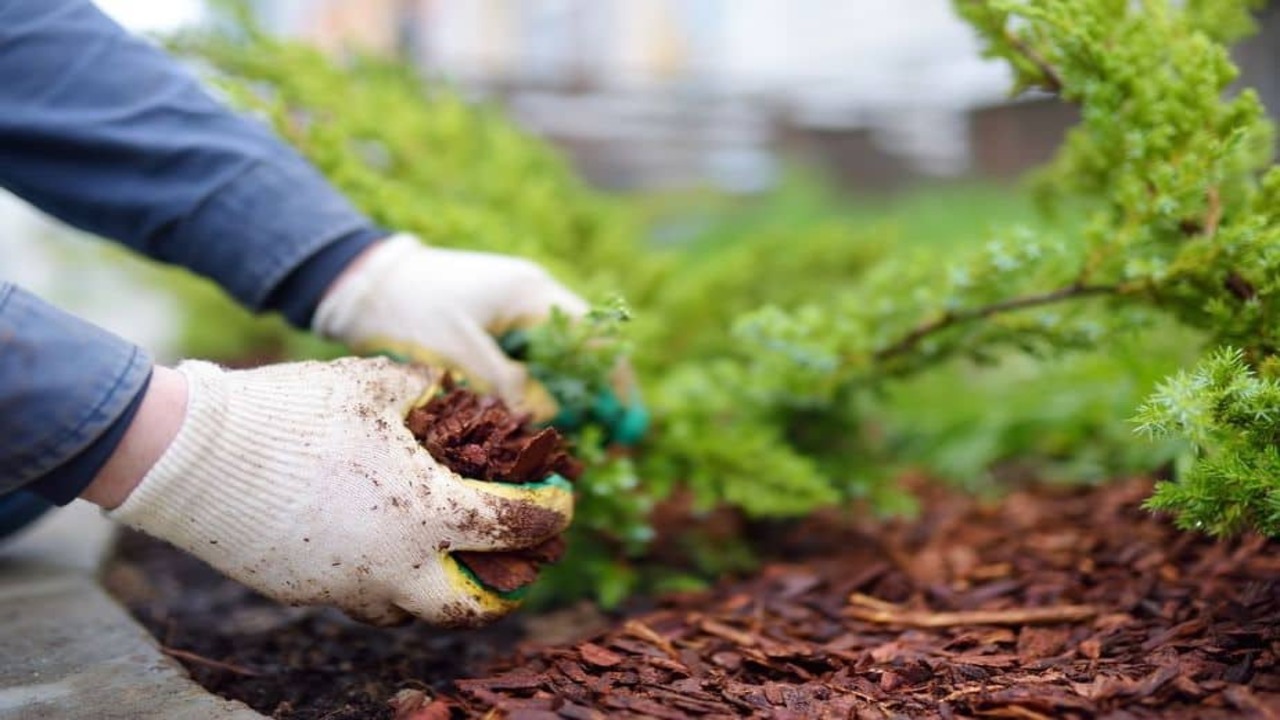
To prevent the re-growth of pachysandra, one effective method is applying mulch. Pachysandra is a ground cover plant that can become invasive if left unchecked. Start by removing as much of the pachysandra as possible, digging up the roots and disposing of them. Once the area is clear, apply a thick layer of organic mulch, such as wood chips or straw, over the soil.
The mulch helps suppress any remaining pachysandra roots and prevents new growth from emerging. Regularly monitor the area and remove any new shoots that may appear. Using mulch as a preventative measure is a natural and practical solution for long-term control of pachysandra weeds.
6.Alternatives To Pachysandra
If you find yourself dealing with the invasive nature of pachysandra, there are alternative ground cover options you can consider. Pachysandra is a common and troublesome plant with a shallow root system that can quickly take over your garden. Instead of battling with pachysandra, explore alternatives like creeping thyme or ajuga. These plants offer a similar aesthetic appeal and are easier to control.
With its fragrant foliage and colorful blooms, Creeping thyme is an excellent choice for sunny areas. Ajuga, on the other hand, thrives in shady spots and provides dense ground cover. Opting for these alternative ground covers lets you enjoy a well-maintained garden without the hassle of pachysandra.
7. Proper Disposal Of Removed Plant Material
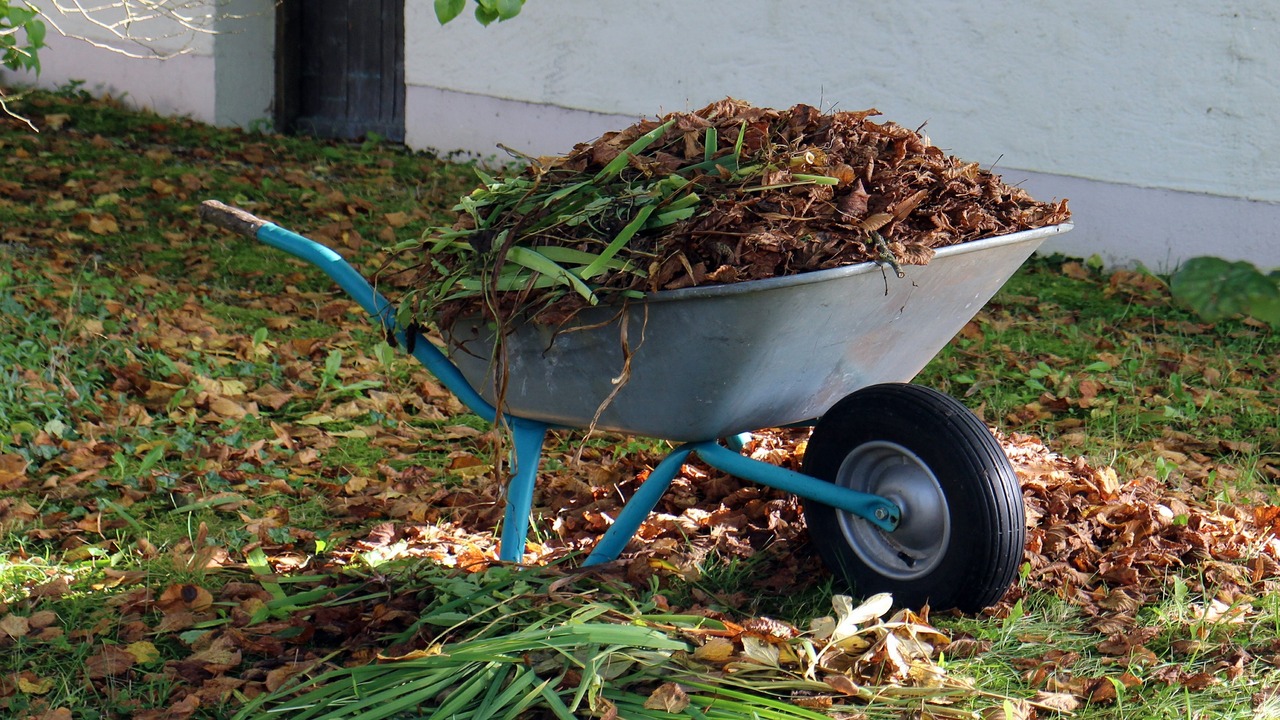
To prevent the spread and regrowth of pachysandra, it’s crucial to dispose of the removed plant material properly. Bagging the pachysandra and putting it in the trash is one disposal method. Another option is composting, but make sure your compost pile reaches high temperatures to kill any remaining pachysandra roots.
Remember to avoid disposing of pachysandra in natural areas or compost piles where it could become invasive. Properly disposing of the removed plant material helps contain the spread of this invasive ground cover.
8. Choosing The Right Herbicide
Pachysandra, an evergreen ground cover, can be difficult to remove due to its persistent nature. When selecting a herbicide, choosing one that targets broadleaf weeds like pachysandra is crucial. Glyphosate-based herbicides are often effective in eliminating pachysandra but may also harm other nearby plants.
To ensure proper usage, carefully follow the instructions on the herbicide label and take necessary precautions to protect yourself and the surrounding vegetation. However, if you prefer alternative methods, consider manual removal or smothering the pachysandra with a thick layer of mulch.
These approaches can be useful in smaller areas or shady locations where herbicide usage is not desired. Remember, herbicides should be viewed as a last resort and used sparingly.
9. Preventing Future Pachysandra Infestations
Clearing away any remaining pachysandra plants and roots is the first step in preventing future infestations. Regularly monitor the area for new growth or reemerging pachysandra plants. Applying a pre-emergent herbicide can help prevent new pachysandra plants from sprouting.
Improving soil drainage and sunlight exposure can make the area less favourable for pachysandra growth. Consider planting alternative ground cover options that are less invasive and easier to control. By taking these preventive measures, you can ensure that your garden or landscape remains free from the invasive spread of pachysandra.
Dangers Of Chemical Control
Chemical control methods for removing pachysandra can be effective but have potential dangers. Many herbicides that are effective against pachysandra contain glyphosate or triclopyr, which can harm humans and the environment.
It is important to carefully follow the instructions on the product label and take necessary precautions when using chemical control methods. Additionally, multiple applications may be needed to eradicate pachysandra fully. Non-chemical control methods, such as manual removal or smothering with mulch, may be safer and more environmentally friendly options for getting rid of pachysandra.
Benefits Of Mechanical Control

Mechanical control methods offer several benefits when getting rid of pachysandra. These methods involve physically removing or damaging the pachysandra plant, making them effective for small infestations or preventing the spread of pachysandra. One common mechanical control method is hand-pulling, where you manually remove the plants from the ground.
Another option is mowing or cutting down the pachysandra plants, which can help weaken their growth. It’s important to note that mechanical control should be followed by other methods, such as herbicide application, to ensure complete eradication of pachysandra and prevent regrowth. So if you’re dealing with a pachysandra problem, consider utilizing mechanical control methods as part of your overall approach to eliminate this invasive plant effectively.
Conclusion
Getting rid of pachysandra can be challenging, as it is a resilient ground cover that spreads quickly. Removing pachysandra is crucial for maintaining your garden’s or landscape’s health and beauty. Following the step-by-step methods outlined here, you can successfully eliminate pachysandra and prevent future infestations.
Remember to properly prepare the area, carefully remove the plant, and consider using herbicides if necessary. Applying mulch can help prevent regrowth while exploring alternative ground cover options is also worth considering. It’s important to be cautious when using chemical control methods and properly dispose of removed plant material. Hope the above guideline on how to get rid of pachysandra will help you.
Frequently Asked Questions
Is It Hard To Get Rid Of Pachysandra?
Getting rid of pachysandra can be challenging due to its aggressive growth and spreading nature. It may require multiple treatments and efforts to eliminate this weed completely. Methods like hand-pulling, smothering with mulch or plastic, and herbicides can control pachysandra.
What Is The Best Product To Kill Pachysandra?
Glyphosate-based herbicides, such as Roundup or Ortho GroundClear, effectively eliminate pachysandra. Follow the instructions on the product label to ensure proper application. Multiple applications may be required for the complete eradication of pachysandra.
Will Roundup Kill Pachysandra?
Yes, Roundup can effectively kill Pachysandra. It contains glyphosate, a broad-spectrum herbicide that targets and eliminates weeds. To ensure success, carefully follow the product instructions and take precautions to protect surrounding plants.
Why Are The Leaves Of My Pachysandra Brown?
Brown leaves on pachysandra can indicate overwatering, underwatering, fungal infection, or nutrient deficiency. Check soil moisture levels and adjust watering accordingly. Consult a gardening expert if the problem persists for further diagnosis and treatment options.
What Are The Benefits Of Getting Rid Of Pachysandra?
Getting rid of pachysandra offers several benefits. It improves the overall look of your landscape by eliminating an invasive plant. You protect other plants and control your garden by preventing their spread.

I am passionate about home engineering. I specialize in designing, installing, and maintaining heating, ventilation, and air conditioning systems. My goal is to help people stay comfortable in their homes all year long.
